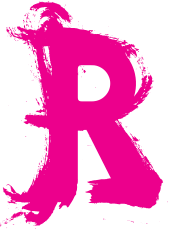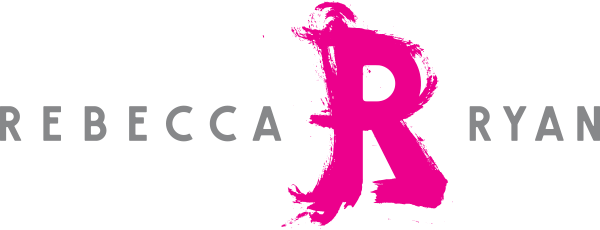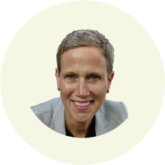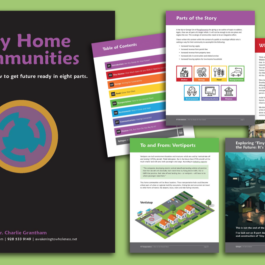What are the top 10 trends for the next ten years? Download the report here.
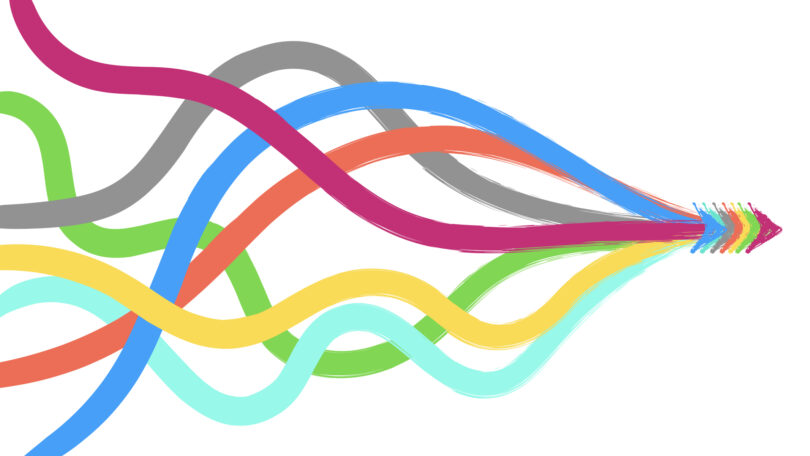
Rebecca and I have a lot in common, but we are different in many ways, too. We learned foresight at a university or on the job. We also studied economics, or psychology and sociology. We bring Zen training and leadership skills to bear on our work or gamification. Our preferred writing style for scenarios or favorite moments in the foresight process are different, too. The list goes on.
But here is what’s more important -- we leverage our differences as a source of strength and creativity. It helps us tailor the strategic foresight process to each client while keeping it relevant, practical, engaging, and fun. Here are some of the shared principles we use in our work:
Assign history an intentional role in a strategic foresight process.
A strategic foresight project can start anywhere from “ignore the past and start from a blank slate” to “start with today to give a little background on how we got here in the first place” to “let's start with a substantive analysis of the history of the domain.” Between the two of us, we have experience in all of these. Which approach we use depends on the goals of the client project. What are they trying to do? Is it important for them to acknowledge and understand the past before turning forward, or do the participants already know the history?
In any case, we don't throw the past out wholesale. At a minimum, if a client asks us to start from a blank slate because they just want to move forward and think about the future, we acknowledge that wish and then do our research and meet with them privately to understand their system and history, e.g.,
Tell us your community or organization's story; what is the story it tells itself?
Where does an exploration of the future stand in historical context?
We do this because, in our experience, the past establishes a posture that can influence the success of a new plan. For example, imagine an organization with a paternalistic culture where the executives are the “parents” and employees are “children.” The implied culture is that all employees will be looked after “like family.” That may work well in a command and control system where all the information is held only at the top. But even the U.S. military recognizes the need for distributed leadership and networked intelligence.
So if a brighter future demands a more decentralized and collaborative dance among employees, where everyone feels like a co-equal part of a team, the paternalistic disposition will be an impediment to the future. A successful new strategic plan accounts for these cultural dynamics.
Here is a different example of integrating culture into a foresight process.
In a project with Sauk County, Wisconsin and the Ho-Chunk Nation, we had one representative from each organization open every meeting. The Ho-Chunk always started by thanking their ancestors. At our final workshop, they hosted the entire group at their event center and led a ritual fire and a smoke ceremony. We learned that the Ho-Chunk automatically think and plan intergenerationally, in 50-year futures, among many other things. The Ho-Chunk brought a process and cultural lens to each meeting that deepened and enriched the entire project.
Use a clear process to translate long-range goals into bite-sized, near-term “implementables” next actions.
Ever had a book hangover? It is a feeling you might get after finishing a great story, and you’re left grieving the end of it and questioning the meaning of the rest of your life. The end of a strategic foresight process brings up similar feelings. “We came up with these visionary goals, but how do we get started?”
This is why the fourth phase in our strategic foresight process is “Doing.” Our clients can’t stay stuck at the “60,000-foot view.” They have to do something. Hence, the “Doing” phase in our process is about translating bold long-range goals into actionable next steps. The most dynamic frameworks we have used in this phase are Franklin Covey's The 4 Disciplines of Execution methodology and Strategic Doing, an approach to strategy that comes out of Purdue University.
Leverage diversity to strengthen the strategic foresight process and results.
Like we see in our own team, more diverse perspectives and content reap better discussions and outputs. We always ask clients to include a broad mix of participants in our projects. This can be generational, years of experience, gender, workgroup, or authority levels. We recommend doing signals and sensemaking with a team because we all pick up different signals from different domains, enriching discussion and sensemaking. In trends research, we use the STEEP framework (society, technology, economics, environment, politics) to make sure we take a broad look at what’s coming. In scenario development, we use the Aspirational Futures approach (more on that in this article) to explore a broad range of plausible futures, not just what’s most expectable. Red Teaming is another technique that increases diversity and strengthens the results.
Keep it rhythmic and fun.
Strategic foresight is a “slow thinking” approach to planning for the future. It helps us create mindful and robust plans for the future rather than intuitive or top-of-mind plans. A futures exploration that concludes in a new strategic plan can take 6 or more months to execute and complete, depending on stakeholder engagement needs. So we use tactics like these:
Use a rhythm that keeps things doable for participants without letting them fall out of the discussion.
Start workshops with “Review, Preview, Big View,” summarizing what we have done so far, what it means, what’s on tap today, how it all adds up, and what new opportunities the activity provides.
Deploy multiple facilitators, digital tools, and a “remote-first” approach to run effective and engaging hybrid meetings.
Use visual tools like Mural or Mentimeter to facilitate collaborative brainstorming and input.
Inject and welcome fun. For example, when we teach red teaming, we send our clients red bandanas or ask them to get a red coffee cup or a red clown nose..we even had a client whose kid brought in a red devil mask for him to wear during a red teaming portion. He’s the CEO of a utility now!
Strategic foresight doesn’t need to take years or be overly complex. For example, in this article on scenario planning for anxious times Rebecca offers a simple 6-step process to get clear and get ready for the future.
Wait, there is more.
As these principles and our background differences demonstrate, strategic foresight is a mindset, a set of techniques, and in our case a process in which a lot of flexibility and creativity is possible. There is a strategic foresight process for everyone. The key is to start by listening and getting clear on the purpose of your project and then reverse-engineering the process. What are you trying to achieve? What does an ideal outcome look like?
In the bigger picture, the practices and principles we use with our clients reflect our deeper shared values for how to future: balance, diversity, impact, trust, collaboration, and engagement. By putting these values into action with our clients, we are pursuing our ultimate goal, to leave the world better for future generations.
What about you? Where and how do your practices and principles reflect your goals for a brighter future? How can you envision using foresight to help you discover and create even brighter futures?
This article is based on the following Futures Friday discussion:
If you enjoyed this post, please subscribe to our newsletter.

Yasemin Arikan
Yasemin (Yas) Arikan operates the research vessel. She is a futurist who uses foresight and social science methods to help clients understand how the future could be different from today and then use these insights to inform strategy and vision. Her work includes developing scenarios on the futures of public health, health care, society and technology for associations, foundations, government, and business. Bonus: Yas can help you take your gift wrapping game to the next level. And she can talk with you about it in English, German, or Turkish. Watch Yas' Q&A on how NGC helps organizations prepare for the future using Strategic Foresight.
Yasemin Arikan Promoted to Director of Futures Research
NEXT Generation Consulting (NGC) announced the promotion of Yasemin Arikan to Director of Futures Research. Arikan will lead the company’s efforts to...
Is Your Housing Market Ready for Your Future?
One of the biggest problems facing many cities and towns is inadequate housing. This problem is most acute for seniors, veterans with disabilities, and low-income groups ...
Three Things Martha Stewart Gets Right About Return to Office (RTO)
The original influencer and the person who invented the "Home" retail category, Martha Stewart, became the latest CEO to tell employees to get back to the office five day...
